The Sony Bravia 9 is undoubtedly a top-tier product, with no hesitation in declaring it one of the best on the market. The manufacturer has clearly invested a great deal of effort into perfecting the dimming algorithms, ensuring they perform flawlessly. This results in an incredibly deep black and a strikingly vivid image. In HDR effects, the television excels, offering over 2000 nits of peak brightness that fills the room and immerses viewers in stunning visuals. While such figures are impressive on paper, the real-world experience surpasses expectations. Sony’s commitment to faithfully representing a film director’s vision is evident here, and the Bravia 9 succeeds. The television also provides an excellent user experience thanks to the Google TV system. The interface is intuitive, and with a vast library of applications, it offers access to a wealth of content tailored to individual preferences. Integration with Google Assistant makes it easy to search for movies, series, or music, and control other smart home devices. These features make using the television a pleasure and simplify daily life. However, not everything is flawless. The Sony Bravia 9 still has room for improvement, particularly with its HDMI port configuration. It includes only two HDMI 2.1 ports, one of which supports eARC, typically used for soundbars or home theatres. Given the premium price, one would expect at least four HDMI 2.1 ports with full bandwidth. The lack of Picture-in-Picture (PiP) functionality might disappoint some users. Despite these shortcomings, the Sony Bravia 9 remains an exceptional product. It’s the first LCD television that can truly compete with OLEDs, offering infinite contrast and a top-tier display without compromise. The Bravia 9 is nearly perfect, combining superior image quality, modern technology, and meticulous attention to detail, making every viewing experience feel like a special event.
- Matching (Score)
- Our verdict
- TV appearance
- Where to buy
- Contrast and black detail
- HDR effect quality
- Factory color reproduction
- Color reproduction after calibration
- Smoothness of tonal transitions
- Image scaling and smoothness of tonal transitions
- Blur and motion smoothness
- Console compatibility and gaming features
- Input lag
- Compatibility with PC
- Viewing angles
- TV efficiency during daytime
- Details about the matrix
- TV features
- Apps
- Playing files from USB
- Sound
Sony Bravia 9 (XR90) vs LG OLED C5
Direct compare
Check the best price offer:
Sony Bravia 9 (XR90)Check the best price offer:
LG OLED C5BRAVIA 9 / XR90
C5 / C54 / C5ELB / C51

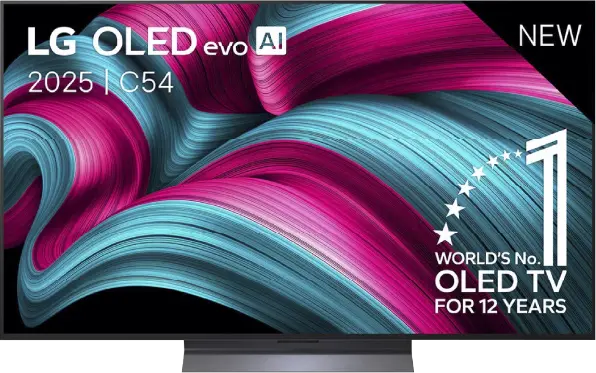
Panel type: LCD VA (wide viewing angle)
Resolution: 3840x2160
System: Google TV
Model year: 2024
Complete the survey to find out the result

Panel type: WRGB OLED
Resolution: 3840x2160
System: WebOS
Model year: 2025
Complete the survey to find out the result

Overall rating
8.9
8.2
Movies and series in UHD quality
8.4
8.5
Classic TV, YouTube
8.4
8.9
Sports broadcasts (TV and apps)
8.5
8.6
Gaming on console
9.2
9.4
TV as a computer monitor
7.6
8.6
Watching in bright light
9.5
6.2
Utility functions
9.4
7.9
Apps
9.6
9.1
Sound quality
9.4
7.2
Complete the survey to find out what fits your preferences
Advantages
Amazing brightness results of HDR materials
Very good color reproduction after calibration
Advanced motion smoothing system
Noticeable positive effect of the image processor
Faithfulness to the source material
Versatile GoogleTV operating system
Good (for a VA panel) viewing angles
Great black and infinite contrast thanks to the OLED panel
Above-average brightness (for an OLED TV)
Almost reference image quality after calibration
Full package of features for gamers: 4x HDMI 2.1, low input lag, HGiG, VRR, and more
Very good image fluidity – 144 Hz OLED panel
Intuitive and modern WebOS system
Convenient control with the Magic remote with gyroscope
Disadvantages
Only 2 HDMI 2.1 ports - including one ARC
Missing picture-in-picture (PiP) feature
Price
Different versions of the remote in derivative models – it's hard to predict which version we will get
Average reflection damping – this can be distracting in very bright light
No support for DTS:X – an external amplifier is required for full support of this format
Our verdict
LG C5 is a very successful continuation, and in several aspects, even a step forward compared to last year's model C4. The biggest change is the noticeably higher brightness – for the first time in the history of the C series, the barrier of 1000 nits has been surpassed, which significantly improves the quality of the HDR effect. Both movies and shows look more dynamic because of this, and bright scenes finally have the appropriate “shine.” After calibration, the image quality is almost reference-level, and one might feel like we are dealing with equipment much more expensive than its price suggests. C5 is also one of the best choices for gamers – four full HDMI 2.1 ports, low input lag, support for VRR, G-Sync, and properly implemented HGiG. Additionally, the 144 Hz panel makes not only gaming but also watching sports a pure pleasure. The convenient WebOS system and Magic remote with cursor control function deserve praise as well – everything works smoothly and intuitively. This is a TV that you simply want to use.
However, there are a few minor reservations. This year, LG decided to drop support for DTS codecs, which may be problematic for those using physical media and Blu-ray movie collections. It's also worth noting the confusion surrounding different versions of the remote – depending on the model designation, we may receive a completely different remote than the one we held during our tests. Despite these few remarks, LG C5 is a TV that impresses in almost every aspect. Brightness, colors, gaming features, image fluidity, and overall build quality make it one of the best OLEDs in its class.
TV appearance




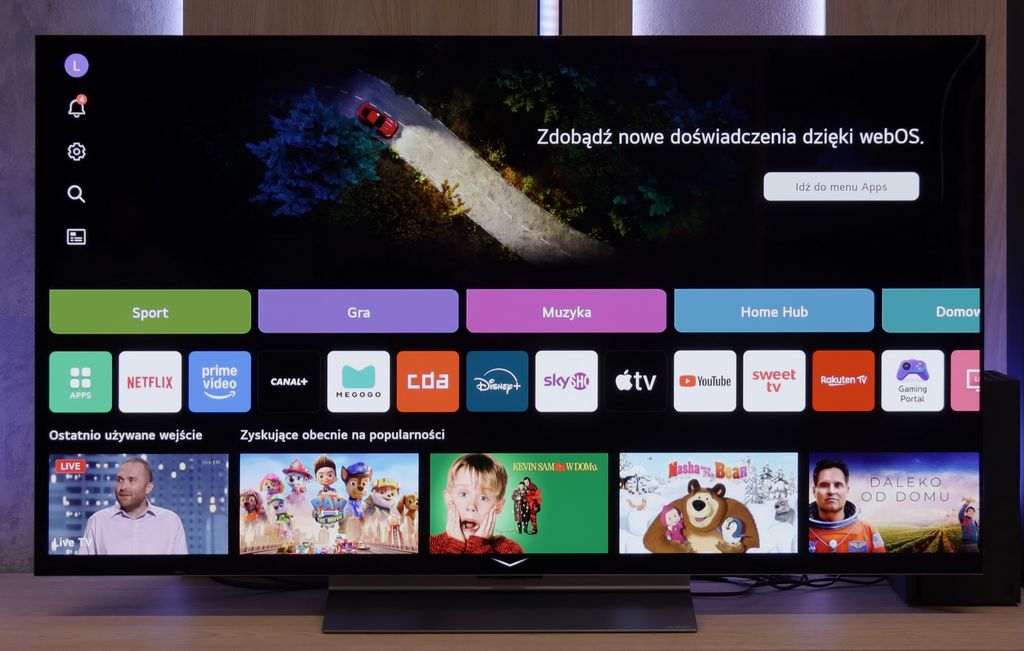
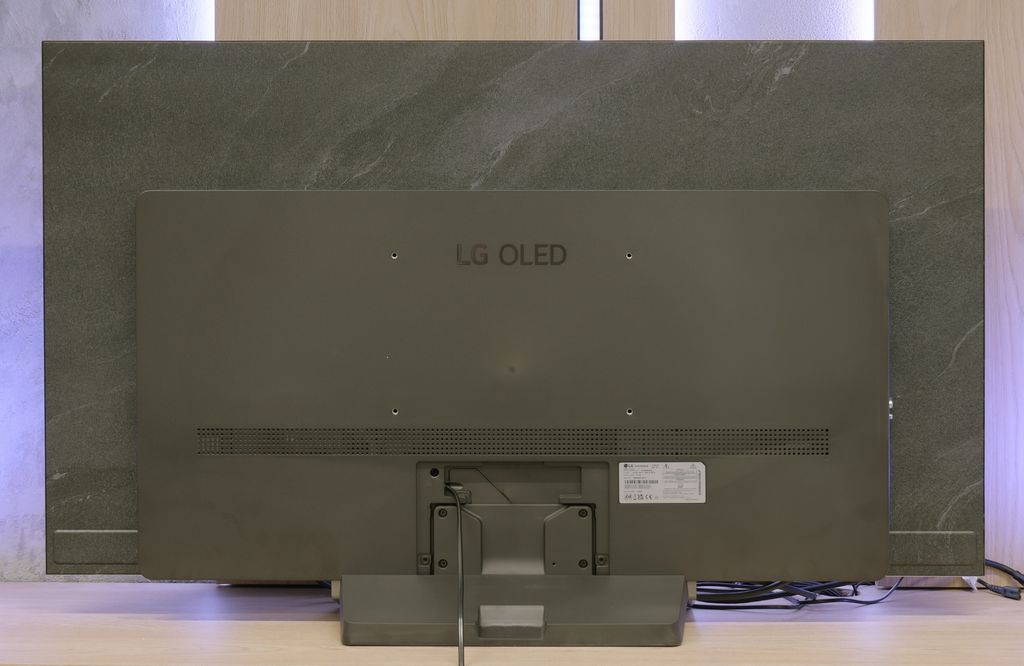
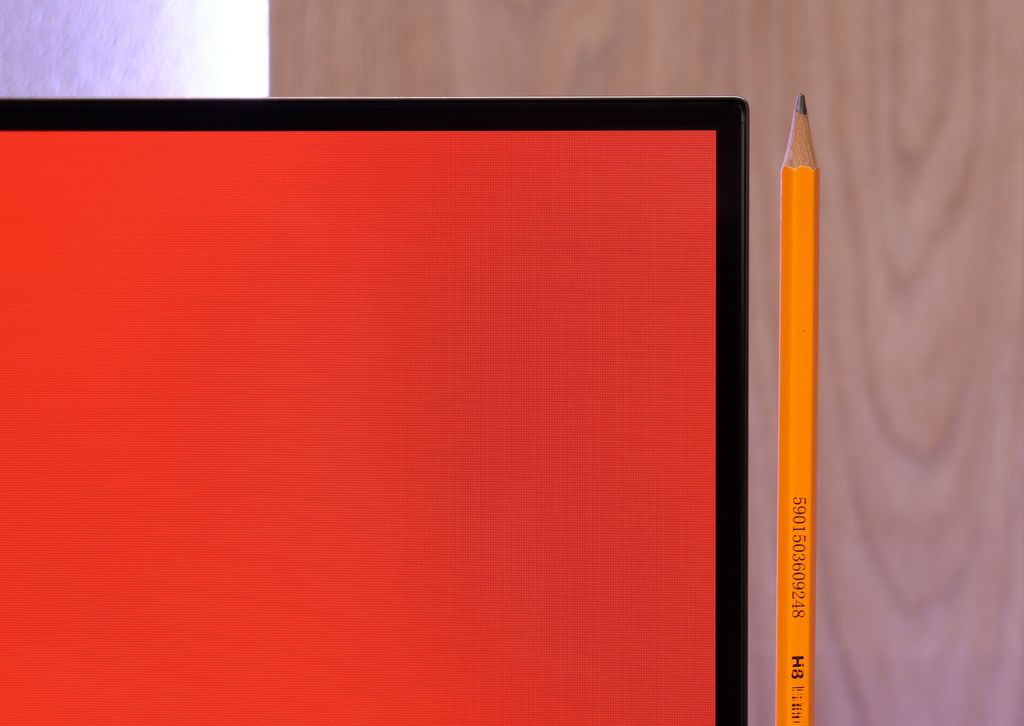
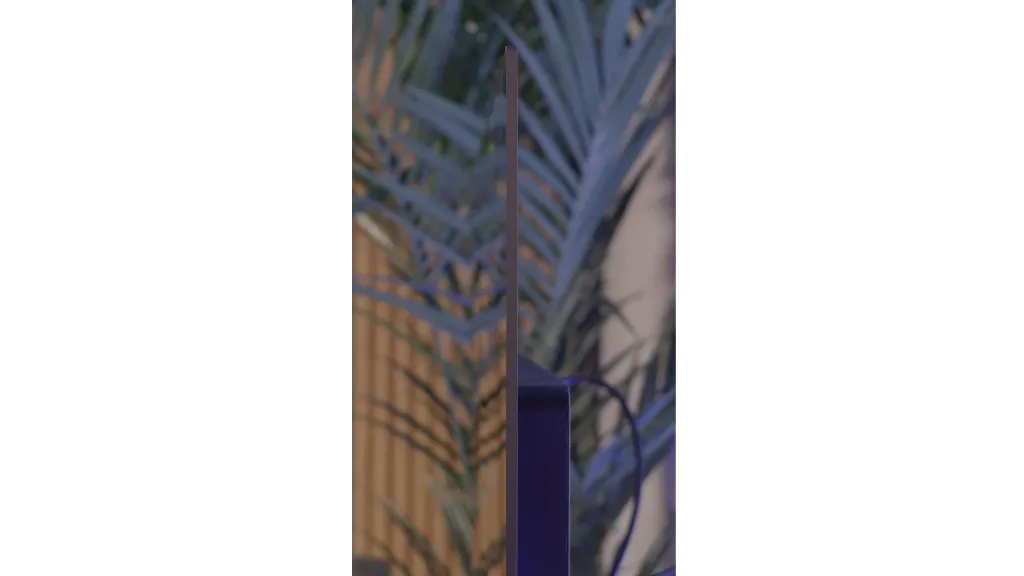
Where to buy
Contrast and black detail
8.6/10
10/10
Local dimming function: Yes, number of zones: 1920 (60 x 32)
Contrast:

Result
184,000:1

Result
98,500:1

Result
120,000:1

Result
9,050:1

Result
5,800:1

Result
∞:1

Result
∞:1

Result
∞:1

Result
∞:1

Result
∞:1
Halo effect and black detail visibility:

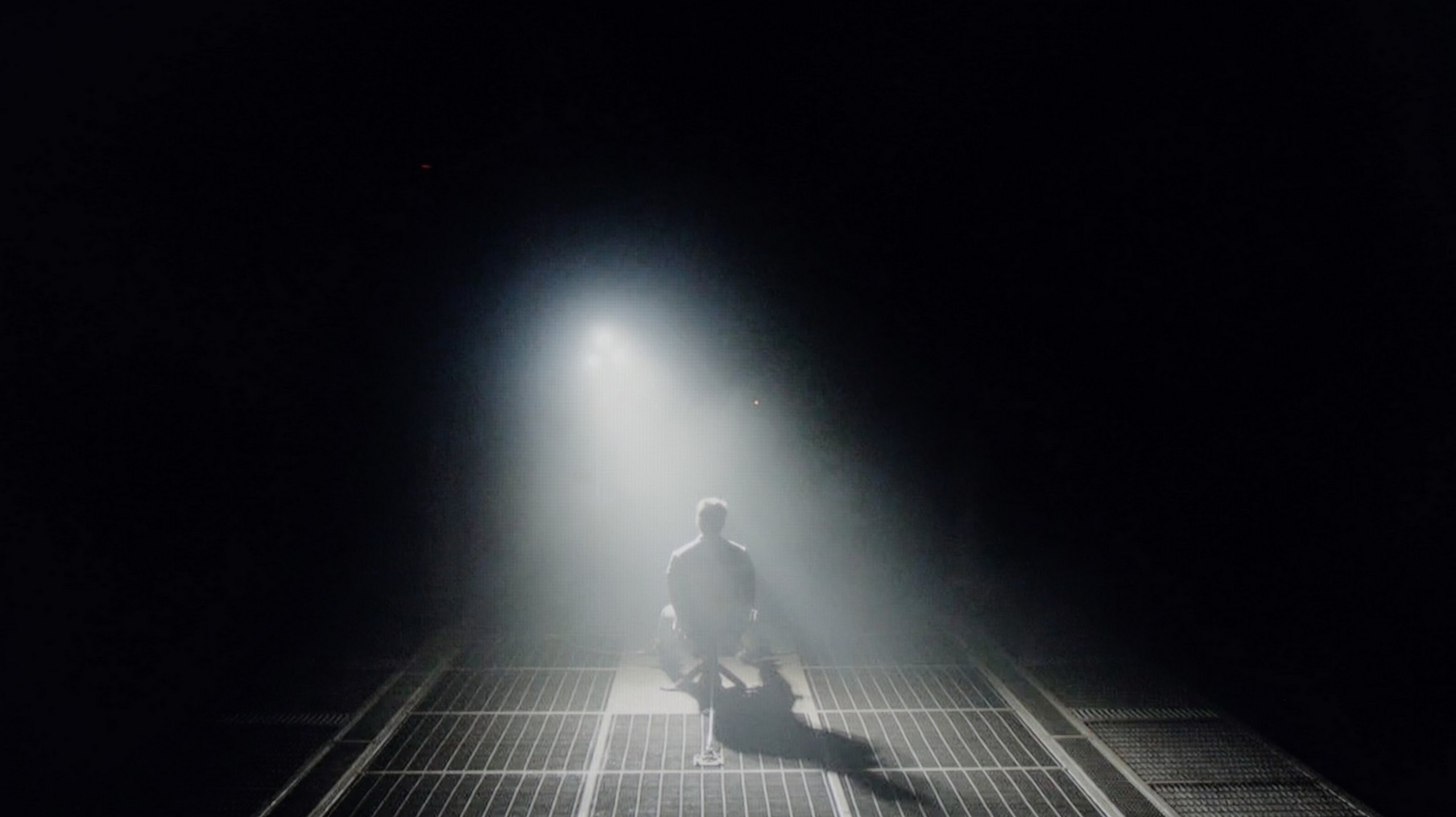
The Sony Bravia 9 features a high-contrast VA panel supported by a backlight made of Mini LED diodes, with the 75" model boasting a remarkable 1920 zones. This combination, paired with advanced — and arguably the best — zone dimming algorithms, results in exceptional contrast and deep black levels. While it doesn’t quite match the black levels of OLED TVs, the performance is still impressive, especially compared to other televisions, which struggle to reproduce a director’s intended vision.
Looking at two test scenes from Oblivion and The Revenant, we can see the backlight algorithms at work, exhibiting mature handling of contrast that preserves black levels without compromising the original image. The blooming/halo effect observed in the second film is noticeably less pronounced in person, with the camera lens amplifying the effect. Additionally, challenging details in the second and third planes of the scene are clearly visible and not lost in the black, showcasing the Bravia 9’s ability to reproduce fine details.
In the category of black and contrast, the LG C5 fits into what we have come to expect from OLED TVs – it is simply perfect. Thanks to the use of an organic matrix (WOLED), each pixel shines independently, resulting in infinite contrast and perfect black. There are no halos, streaks, or other typical artifacts found in LCD TVs. Details in bright parts of the image are perfectly visible, and watching in the dark is pure pleasure. If someone is looking for a TV for evening viewings with great contrast – the C5 is a very strong candidate.
HDR effect quality
8.6/10
7.2/10
Luminance measurements in HDR:

Result
2199 nit

Result
1700 nit

Result
1717 nit

Result
1751 nit

Result
1741 nit

Result
1079 nit

Result
1059 nit

Result
1120 nit

Result
1094 nit

Result
707 nit
Scene from the movie “Pan” (about 2800 nits)


Scene from the movie “Billy Lynn” (about 1100 nits)


Static HDR10


Dynamic: Dolby Vision
Dynamic: Dolby Vision


HDR luminance chart:
LG OLED C5
Luminancja HDR
Luminance of RGB colors
Sony Bravia 9 (XR90)
Luminancja HDR
Luminance of RGB colors
The brightness performance of the Sony Bravia 9 is exceptional. Each scene reaches over 1500 nits, and the television can shine even brighter during movie playback. This level of brightness provides an extraordinary viewing experience, allowing for immersive interaction with high-quality video content. Thanks to its extensive coverage of the DCI-P3 colour gamut, the image is vibrant, and when combined with such high luminance, it almost feels alive. With its impressive peak brightness, viewers can fully appreciate the colour range, even in the most challenging scenes involving dynamic lighting changes. The Bravia 9 also supports Dolby Vision and HDR10 formats, further elevating the viewing experience.
LG C5 finally does what we have been waiting for years in the C series – it exceeds 1000 nits of brightness! This is a significant change compared to previous models in the series and also very important – because this is exactly the level of luminance around which most HDR content is now created on streaming platforms. The image finally has the right “glow,” and details in bright areas look as they should even without the use of dynamic metadata. However, there are scenes where the C5, like most OLED televisions, has some issues. Especially when the screen needs to illuminate fully. In our test sequences, such as the bright scene from the movie The Meg, brightness clearly decreases. Don’t get us wrong, this result isn’t bad; it’s more of a reminder that OLED technology still has its limitations. They are getting smaller year by year, but still.
Now, what about the colors? They are very good. Although the C5 does not match the OLEDs with QD-OLED or Tandem RGB panels, the DCI-P3 coverage at 97% and 73% BT.2020 will satisfy even the most demanding viewers. The colors are saturated, natural, and very consistent in HDR materials.
Factory color reproduction
8.1/10
8.2/10


Factory Mode
After calibration


Factory Mode
After calibration
The "IMAX Enhanced" factory mode has remained the best option in Sony televisions for years, and it was used throughout the entire testing process. While it aligns closely with the reference compared to other predefined settings, improvements could be made for a better viewing experience.
In SDR materials, the gamma shows a noticeable boost, which leads to over-contrasting the image. Additionally, the beginning of the graph deviates significantly from the reference, resulting in merged details in the darker areas, creating an unpleasant uniform blotch. The EOTF curve in HDR content, on the other hand, appears mostly correct, with only minor deviations from the reference.
However, the most prominent issues affect the white balance. There is a persistent green colour dominance, leading to problems with grey tones and overall colour misalignment. This imbalance in the white balance gives the image an unwanted greenish tinge, negatively impacting the overall visual quality.
LG C5, like other TVs we tested, was checked in the best possible factory mode – which remains Filmmaker Mode. And here we have good news: in SDR materials, LG once again did a solid job. The white balance and color reproduction straight out of the box are at a very high level. Most errors – both in balance and in the color test (Colour Checker) – did not exceed a ΔE value of 3, which is the threshold above which differences become visible to the naked eye. Such factory settings are something we would like to see in many more TVs!
However, the situation is different for HDR content, which is really what the C series was created for. Here the C5 performs weaker. The excessive presence of blue in the white balance causes the image to appear noticeably cooled – which affects, for instance, unnaturally pale skin tones and somewhat shifted tonality of the entire scene. Fortunately, LG provides very precise calibration tools, and we – as always – took advantage of them.
Color reproduction after calibration
9.3/10
9.4/10



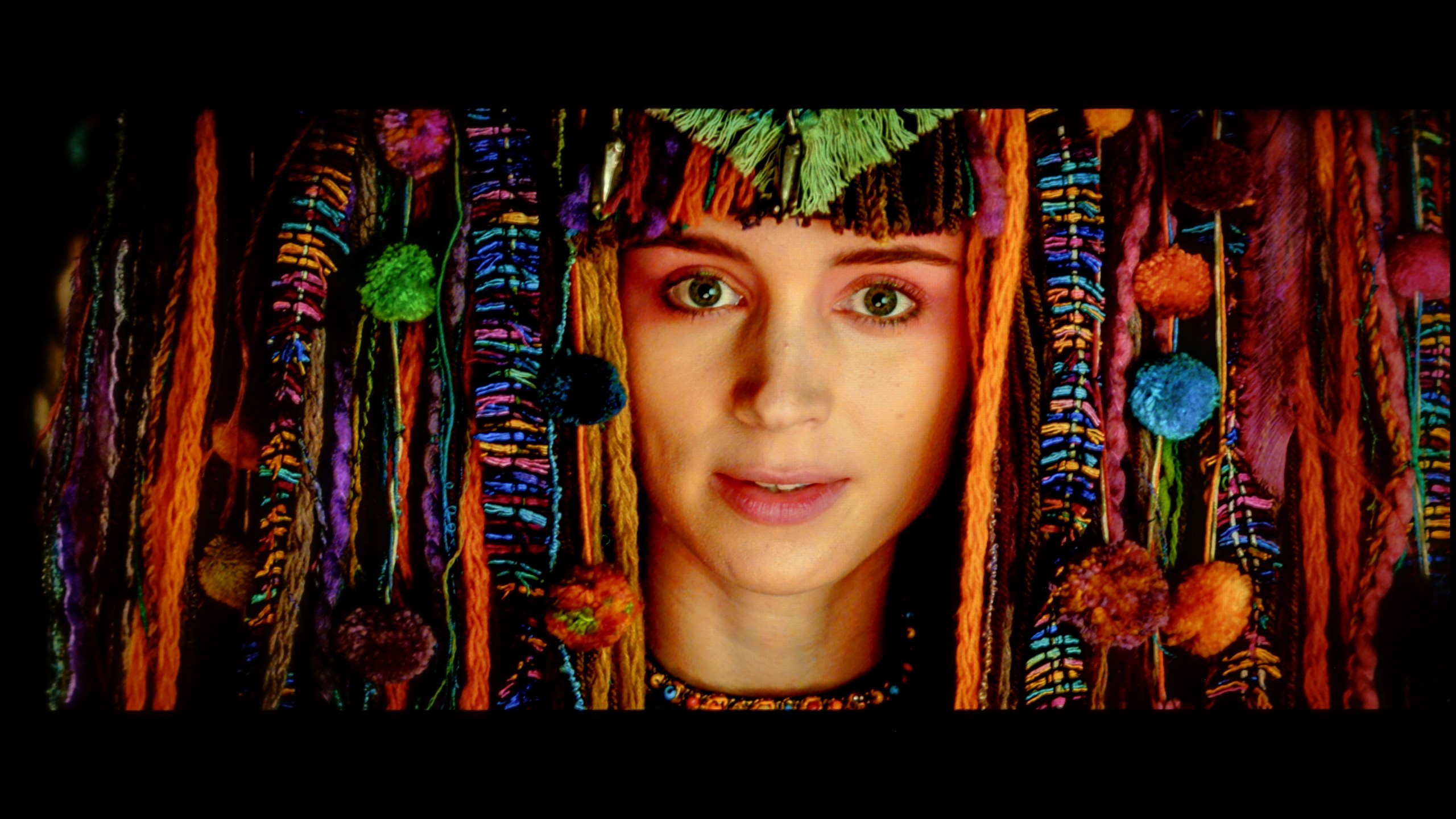
The colour reproduction after the calibration process on the Sony Bravia 9 is nothing short of excellent. Regardless of the signal, whether SDR or HDR, the image comes remarkably close to the director's intended vision. Nearly every flaw in the image has been meticulously modelled and corrected to a high degree.
This impressive result can be attributed to the advanced tools available for calibration, which Sony has been offering in its televisions for years. Notable tools include the 2- and 20-point grayscale calibration and a very comprehensive CMS (Colour Management System). These features allow for precise adjustments, ensuring that the colours and overall image quality are as accurate and faithful to the source material as possible.
We must honestly admit – in the case of the LG C5, it took really very little to achieve an almost perfect picture. After calibration, we managed to achieve compliance with reference screens at a level that impresses even compared to much more expensive models. The picture after our adjustment looks exactly as filmmakers and series creators would want it – without color distortions, with natural depth and subtle texture. LG has done a great job this year regarding factory settings and calibration potential. Hats off!
Smoothness of tonal transitions
7.1/10
8.2/10







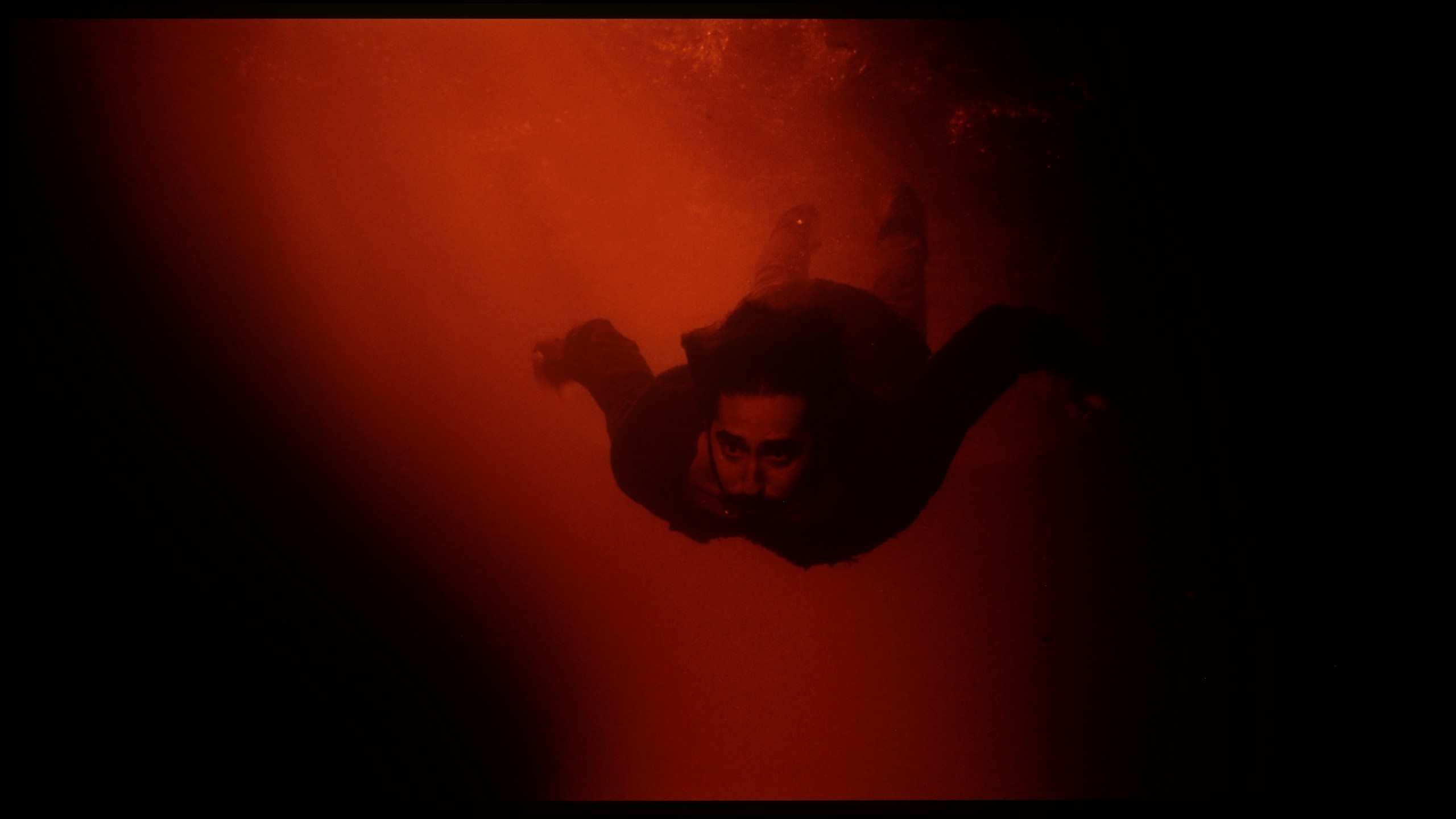




The default quality of gentle gradation on the Sony Bravia 9 without enhancement, is relatively average for its price range and class. While the issue isn't evident with bright backgrounds, it becomes quite noticeable in darker scenes. This is demonstrated in the last two test scenes, where tonal transitions are visible, which may be off-putting to those particularly sensitive to image purity.
WOLED TVs have not been known for their perfect smoothness in tonal transitions until now. One could often notice subtle stripes between colors – especially in darker parts of the image – which made it seem that colors did not transition smoothly but rather "stepped" slightly. This year, LG has made significant progress. In the C5 model, this issue has largely been eliminated. Yes, in very dark scenes, one can still see subtle boundaries between colors, but they are non-intrusive enough that hardly anyone except for more demanding viewers will pay attention to them. For most users, the smoothness of tonal transitions in the C5 will simply be impeccable.
Image scaling and smoothness of tonal transitions
8.5/10
7.8/10
Smooth transition function

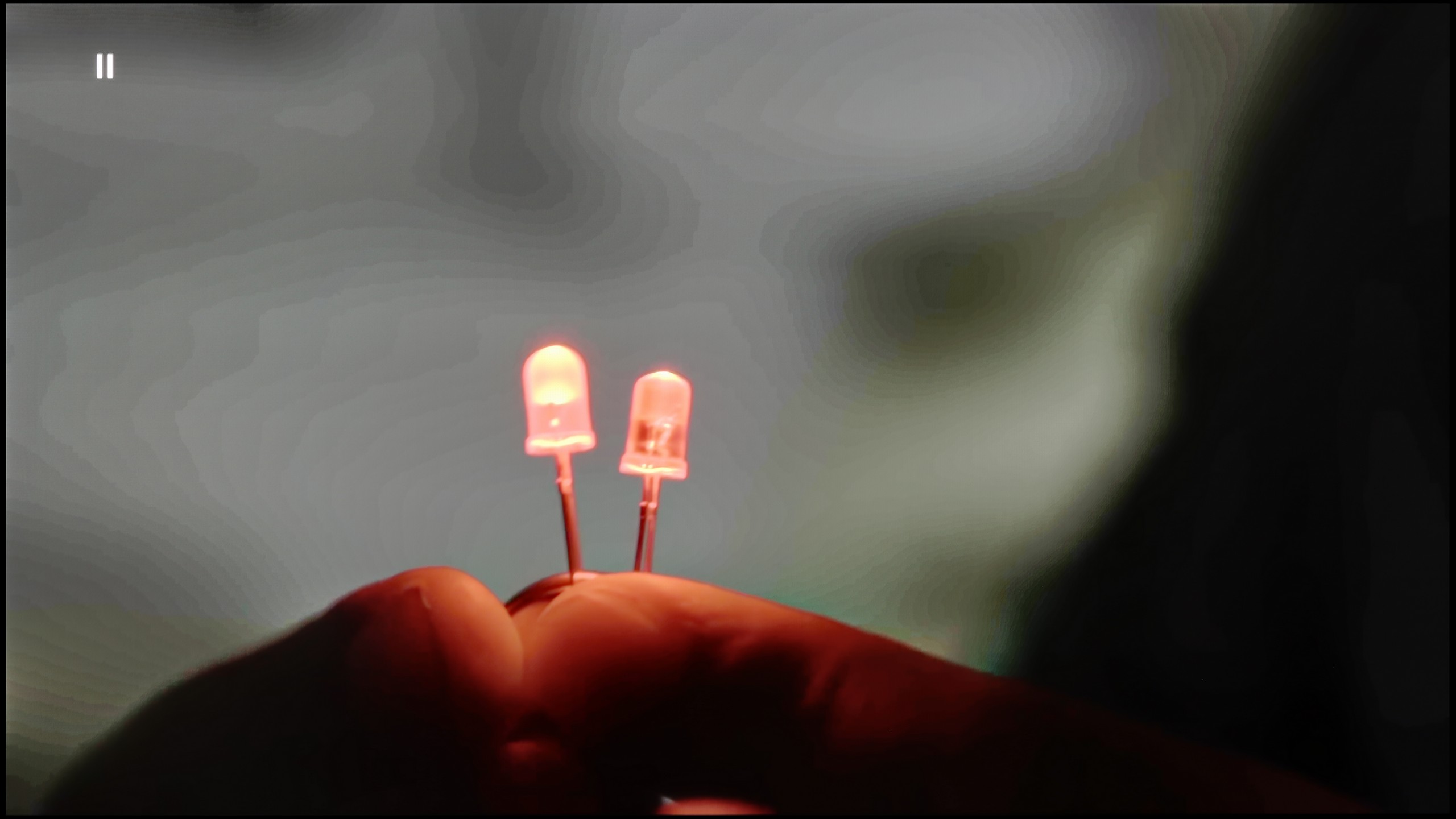
Image without overscan on the SD signal


When analysing the quality of tonal transitions and image scaling, especially for lower-quality materials, the improvement after activating the function for tonal transitions is clear. By default, the quality is quite average, but once the function is turned on, even at the lowest setting, the results are among the best we've seen. This feature can be enabled without worrying about negative side effects, such as film grain blur.
Sony's "XR" processor, which the brand has been touting for several years, lives up to its reputation for image scaling. The image quality is incredibly sharp while maintaining a very natural look. This reinforces that Sony's processing technology is one of the best available, particularly when handling lower-resolution content.
LG C5 handles lower-quality materials really well. One of the main issues older WOLEDs faced was posterization – unwanted "steps" in color transitions. The C5 uses a system feature to smooth these transitions, which works surprisingly effectively. The banding effect is almost completely eliminated, and the image gains consistency. Compared to last year's model, we feel that this feature works slightly weaker – but the good news is that it does not compromise the structure of the image. Film grain, textures, and details remain on the screen – nothing is smoothed out forcefully.
The C5 also does a great job of enhancing the quality of older recordings. Thanks to the α9 Gen6 processor (8th gen), "scaling to 4K" performs really solidly. The image is clear, the details are sharp, and the only minor drawback might be slightly visible jaggedness on some edges. However, there is no issue with overscan here – the image is not artificially cropped or shifted, which is a significant plus and still isn’t a given.
Blur and motion smoothness
8.5/10
8.5/10

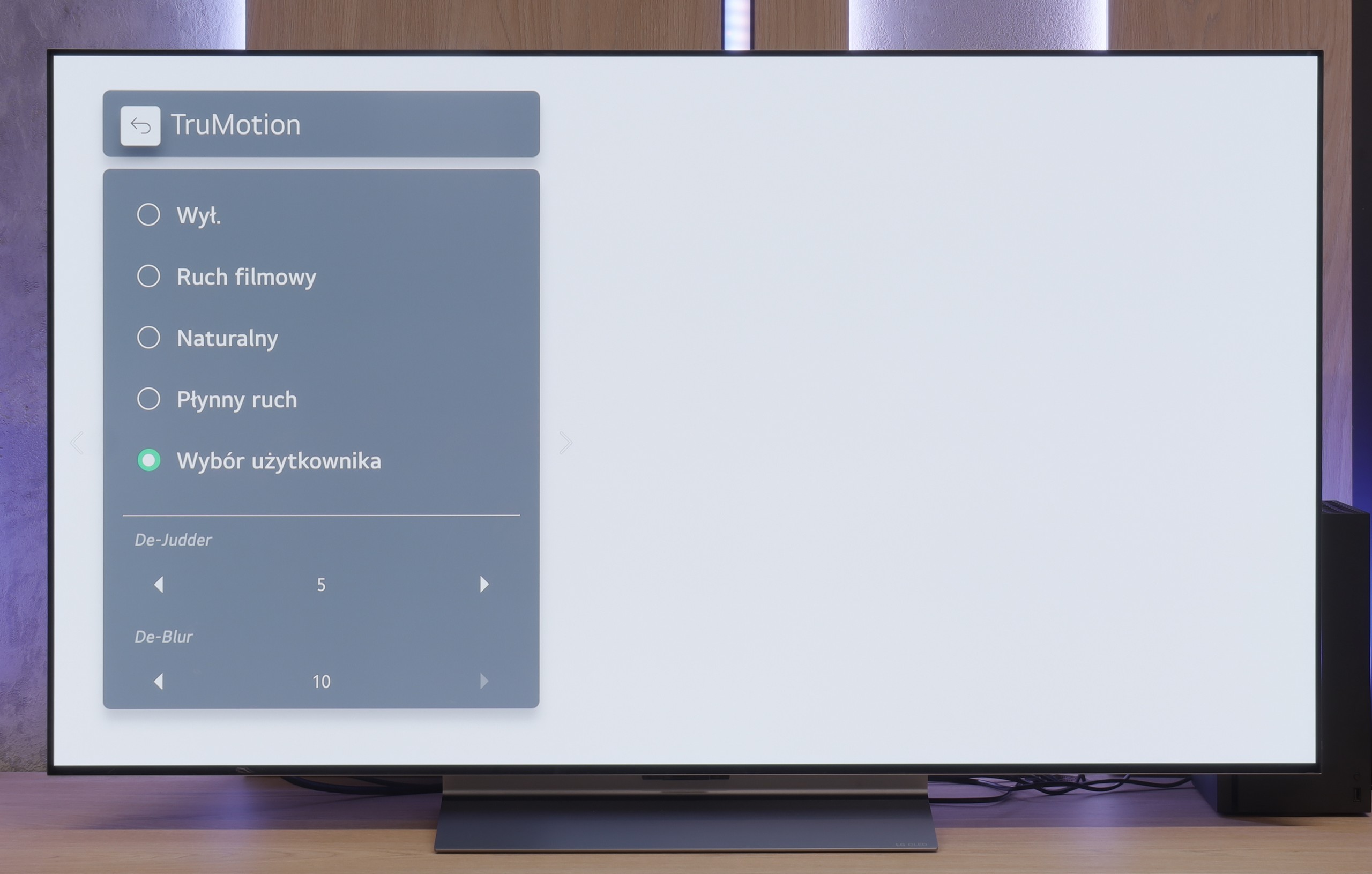
Blur (native resolution, maximum refresh rate):






Blur (BFI function enabled):



Image flickers in this mode
The maximum refresh rate of the Sony Bravia 9 is 120 Hz, the minimum for those primarily watching sports or other high-motion content. This refresh rate ensures the image remains sharp and smooth, even during fast-paced scenes. For more demanding users, Sony has implemented an advanced motion smoothing system, divided into three distinct segments: Smoothness (Film), Smoothness (Camera), and Clarity. These settings can be adjusted to various degrees, allowing users to fine-tune the picture to their preferences. For example, a setting with slight smoothing can be used to avoid the "soap opera effect," delivering a more natural and cinematic viewing experience. This level of customisation ensures that viewers can find their ideal balance between smoothness and clarity.
The LG C5 is equipped with a 144 Hz panel, and this, combined with the practically zero response time of the OLED pixels, makes it one of the best screens for watching dynamic content. It doesn't matter whether it's sports, fast-paced games, or just action – the image is as sharp as a razor.
And what about movies in 24 frames? LG thought of that too. The built-in "TruMotion" smoother allows you to adjust the image to your own preferences. The "de-judder" slider increases the smoothness in movies, while "de-blur" gently reduces blurring – although to be fair, it is almost imperceptible here anyway.
Console compatibility and gaming features
9.4/10
10/10
- ALLM
- VRR
- VRR range48 - 120Hz40 - 144Hz
- Dolby Vision Game Mode
- Correct implementation of HGIG
- 1080p@120Hz
- 1440p@120Hz
- 4K@120Hz
- Game bar

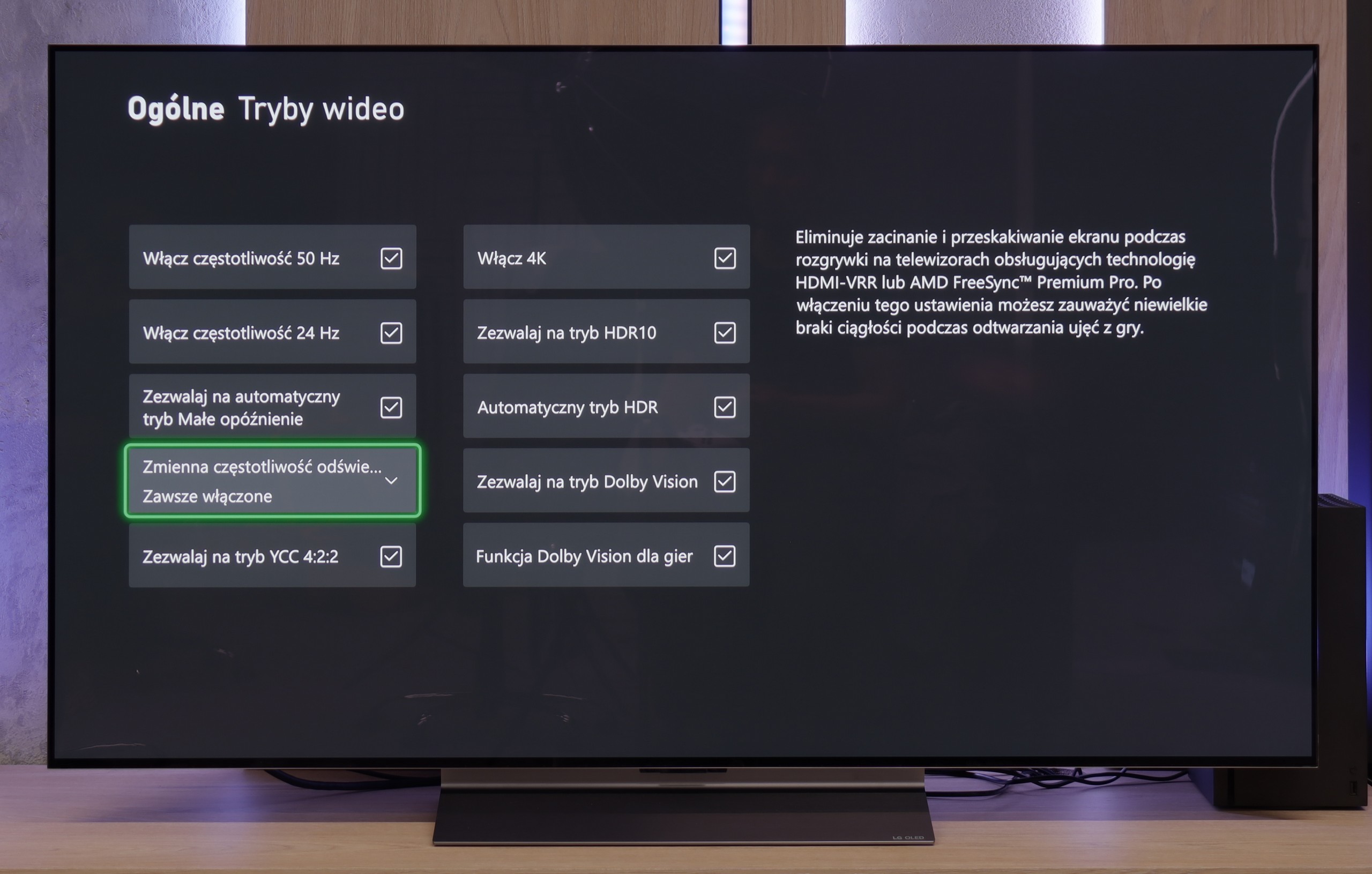

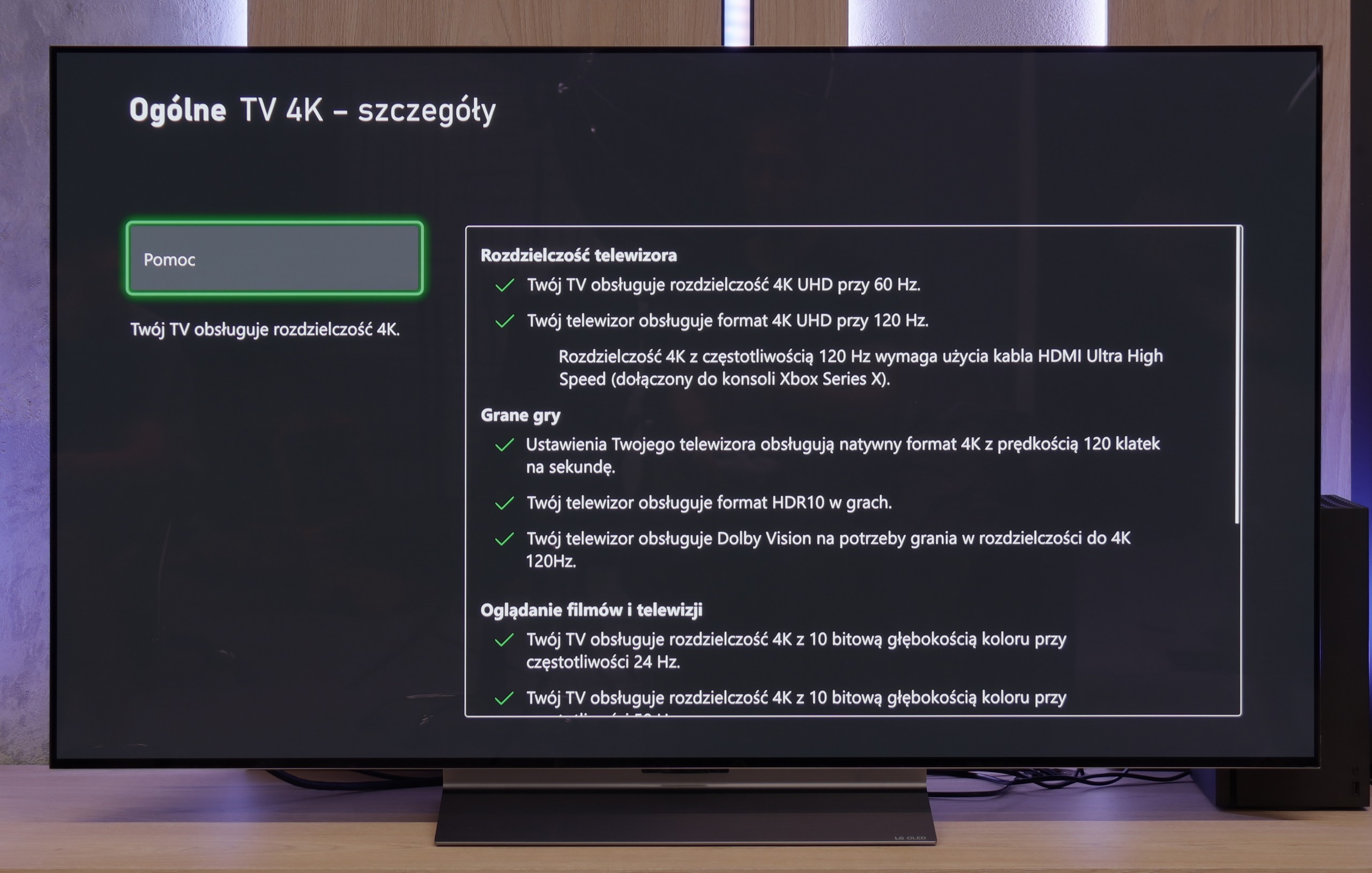

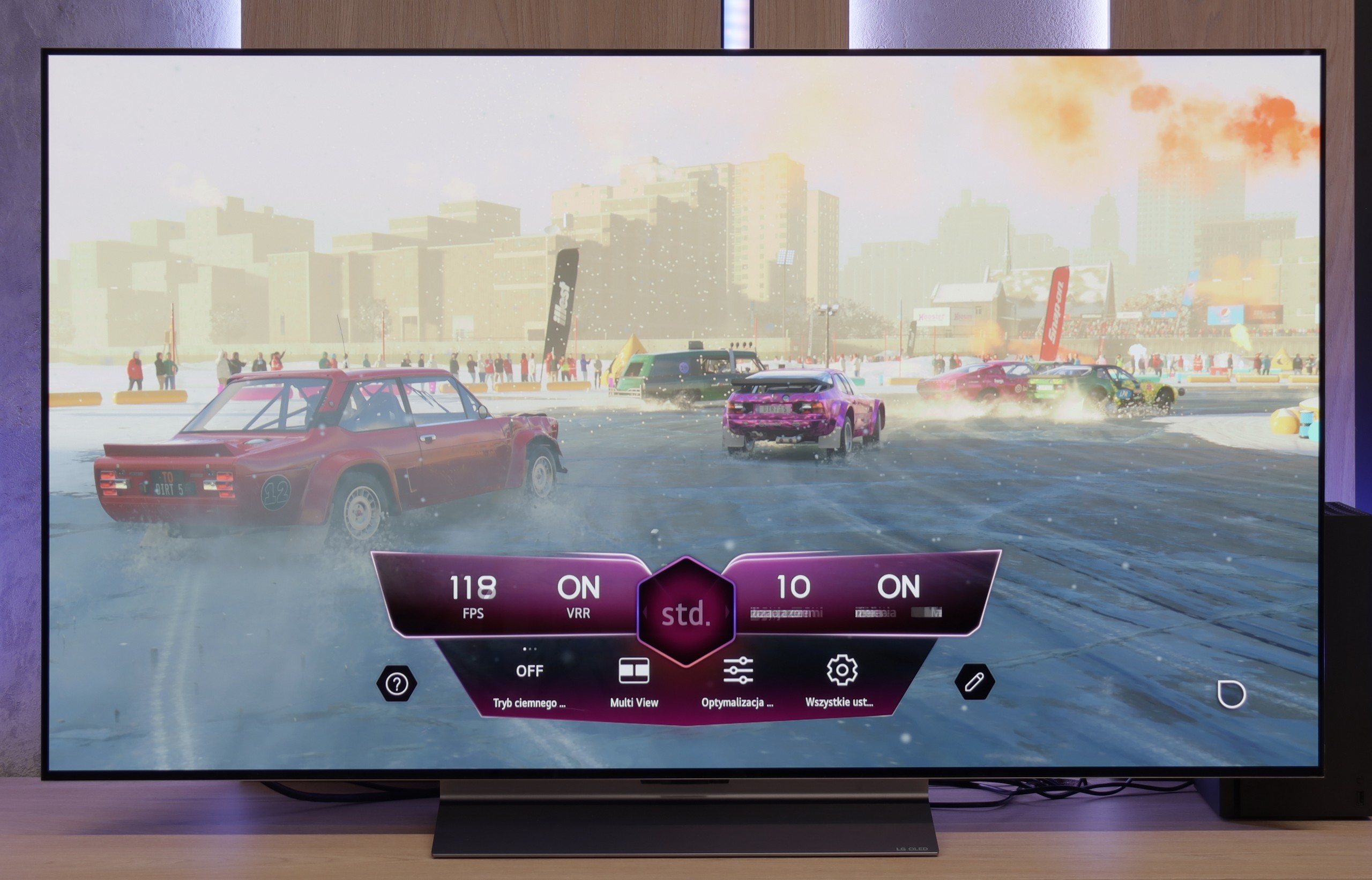

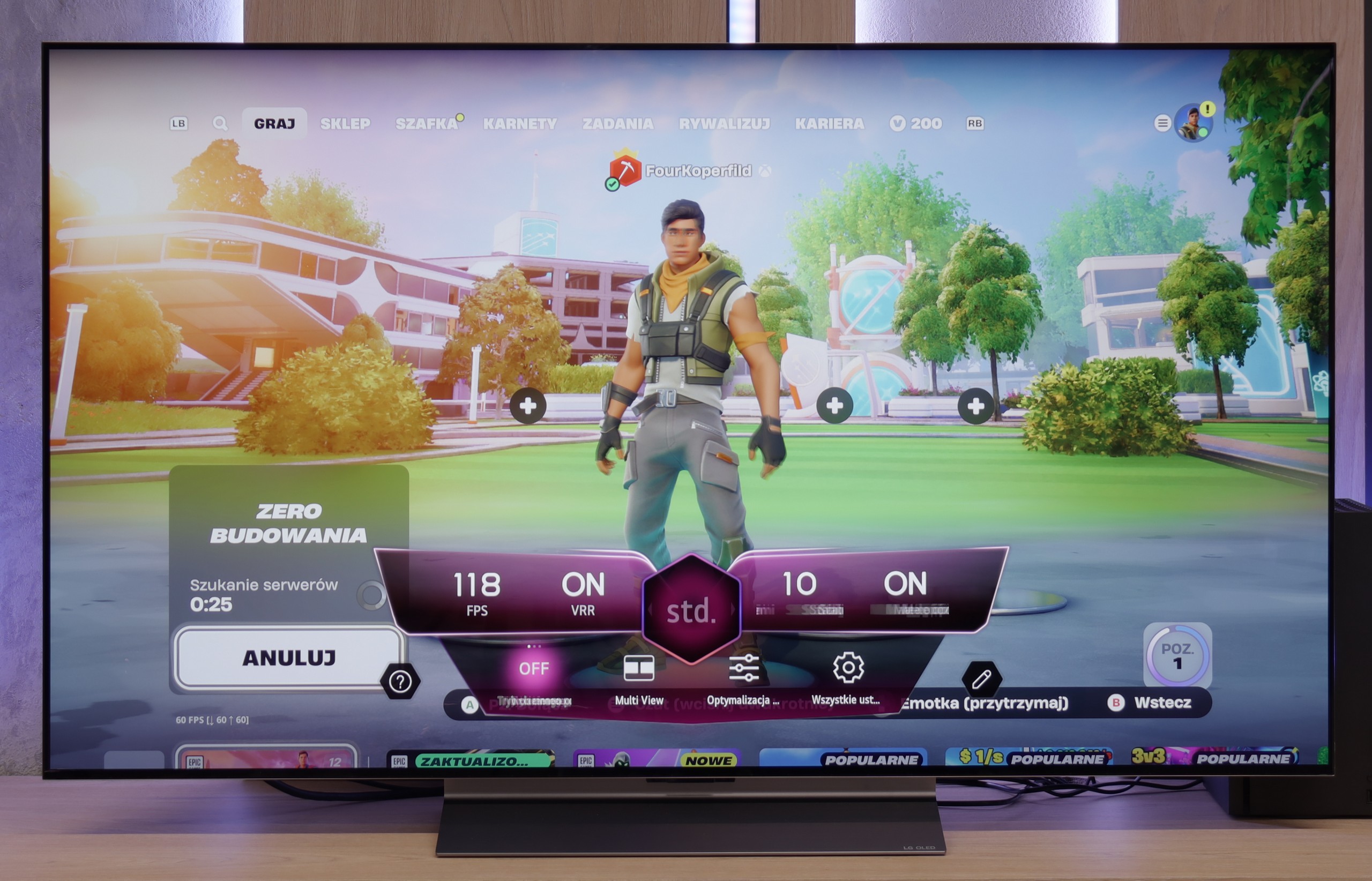
The Sony Bravia 9 television is equipped with four HDMI ports, but what is puzzling for a device of this class is that only two of them operate in the 2.1 standard. Despite this, it should not detract from the fact that nearly all features work excellently, providing a positive experience when using them. Games running in HDR10 or Dolby Vision benefit from low input lag, ensuring a comfortable gaming session. The solid implementation of the HGIG mode is a noteworthy feature, as, after proper calibration, it closely aligns with Dolby Vision.
Sony introduced the GameBar feature to its televisions last year, a standard for many manufacturers. This feature allows for quick adjustment of settings without exiting the game. Its implementation has been seamless, offering conveniences such as a crosshair grid, black level adjustment, and reducing the screen to gaming monitor proportions.
The Sony Bravia 9 will find its fans, particularly among PlayStation enthusiasts. It is a natural pairing since the console and the television share identical capabilities. However, more broadly speaking, despite the minor issues with Dolby Vision in games, the Bravia 9 remains a very good television for gaming overall.
LG C5 is a television designed with gamers in mind – and there’s not a hint of exaggeration in that. It's hard to find anything to criticize here. We have 144 Hz refresh rate, full support for VRR, ALLM, and up to four HDMI 2.1 ports with full bandwidth of 48 Gb/s. For those who have an Xbox, PS5, Nintendo, and a gaming PC all in one room – there are no limits, everything can be connected without any hassle.
The HDR configuration for gaming is also problem-free. The television properly supports the HGiG mode, which allows for an image consistent with the creators' intentions. For those interested, there’s also Dolby Vision in Gaming mode, though we still recommend HGiG as the most predictable and “pure” version of HDR for games.
The Game Bar is also included, which serves as the “command center” for the gamer. Everything that’s most important, from VRR settings, to picture modes, to frame rate information – is at our fingertips. The interface is simple and readable. It may look like something out of a space simulator, but it serves its purpose and just works; exactly as it should.
C5 is truly a complete package for every gamer.
Input lag
9.7/10
10/10
SDR
HDR
Dolby Vision
The delay time on the Sony Bravia 9 remains impressively low in all scenarios. Even the most dedicated gamers will appreciate the exceptionally low input lag, particularly when playing demanding 4K 120 Hz games with HDR, which measures just 10 ms.
The reaction time of the LG C5 to our movements with the controller is exemplary. Regardless of the selected resolution or frame rate, the delay is so low that it's practically imperceptible. Playing on this television is simply a pure pleasure. Some delay is introduced by the Dolby Vision mode, which shouldn't be a surprise – this applies to virtually every television on the market equipped with this mode. Nevertheless, even with Dolby Vision active, the input lag remains low enough that gameplay is still smooth and responsive.
Compatibility with PC
7.6/10
8.6/10

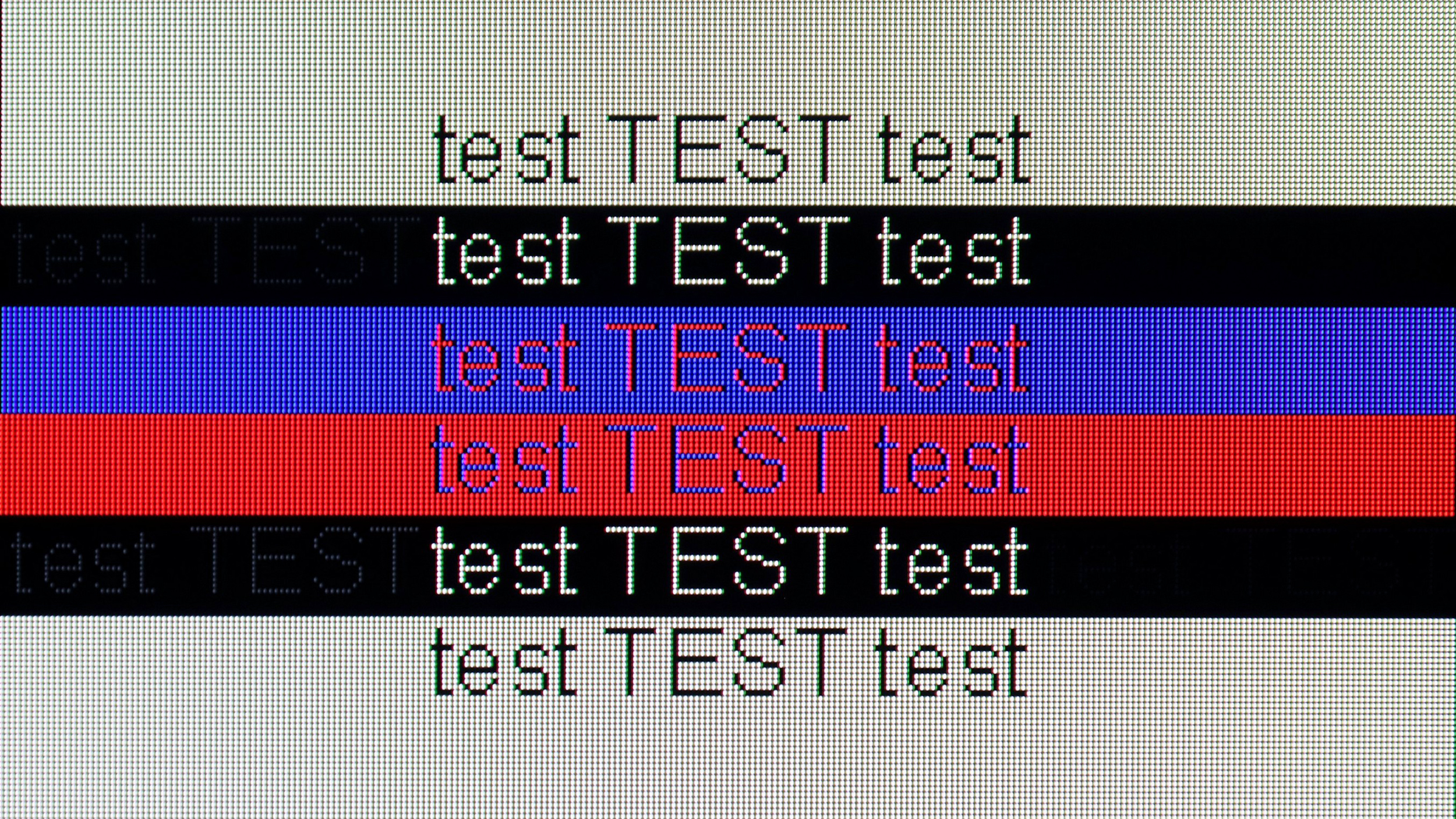
The Sony Bravia 9 delivers excellent performance when combined with a PC, thanks to its low latency of just 9 ms, ensuring an immediate response between the mouse, eye, and screen. This is particularly beneficial for tasks that require precise, real-time feedback. The text readability on the TV is also commendable, especially when switched to "Game" mode, which provides the clearest display. In other modes, text might appear less readable.
The subpixel layout on the Bravia 9 is BGR, which doesn't significantly impact its use as a monitor. While operating systems aren't designed for this layout, causing slight blurring on edges in some cases, the difference is so minimal that only a few users might notice it.
C5 – as we wrote – is a television created for gamers, so playing even on a computer is truly enjoyable. The 144 Hz panel, low input lag, and original G-Sync certification confirm this.
When it comes to work – it's also very good. The fonts are readable, the interface clear, but it's important to remember that we are dealing with a WOLED panel and a WRGB subpixel layout. (slightly visible shadows behind the font). Therefore, if someone plans to place the C5 on a desk in smaller sizes like 42 or 48 inches for everyday office work, it's worth checking it out with their own eyes beforehand. For occasional desktop use and, above all, for gaming – there is no cause for concern.
Viewing angles
7.4/10
7.4/10
The Sony Bravia 9 performs well in terms of viewing angles, thanks to the application of an angle coating. This reduces the typical colour degradation and contrast drop often seen in TVs with VA panels. While a significant deviation from the central axis does lead to some image instability, the overall viewing experience remains positive, offering better off-axis performance than many other VA panel-equipped televisions.
The viewing angles on the LG C5 are nearly perfect. Although they fall slightly short compared to technologies like QD-OLED or WOLED with micro lens MLA, the picture quality at high angles still makes a great impression. Colors remain vibrant, and the screen doesn't lose much of its brightness even when set at a more demanding angle.
Addressing the questions that circulated last year regarding the C4 model – in the case of the C5, we did not notice any green tinting, pinkness, or other effects that can be read about online. The picture at an angle looked really clean.
TV efficiency during daytime
9.5/10
6.2/10

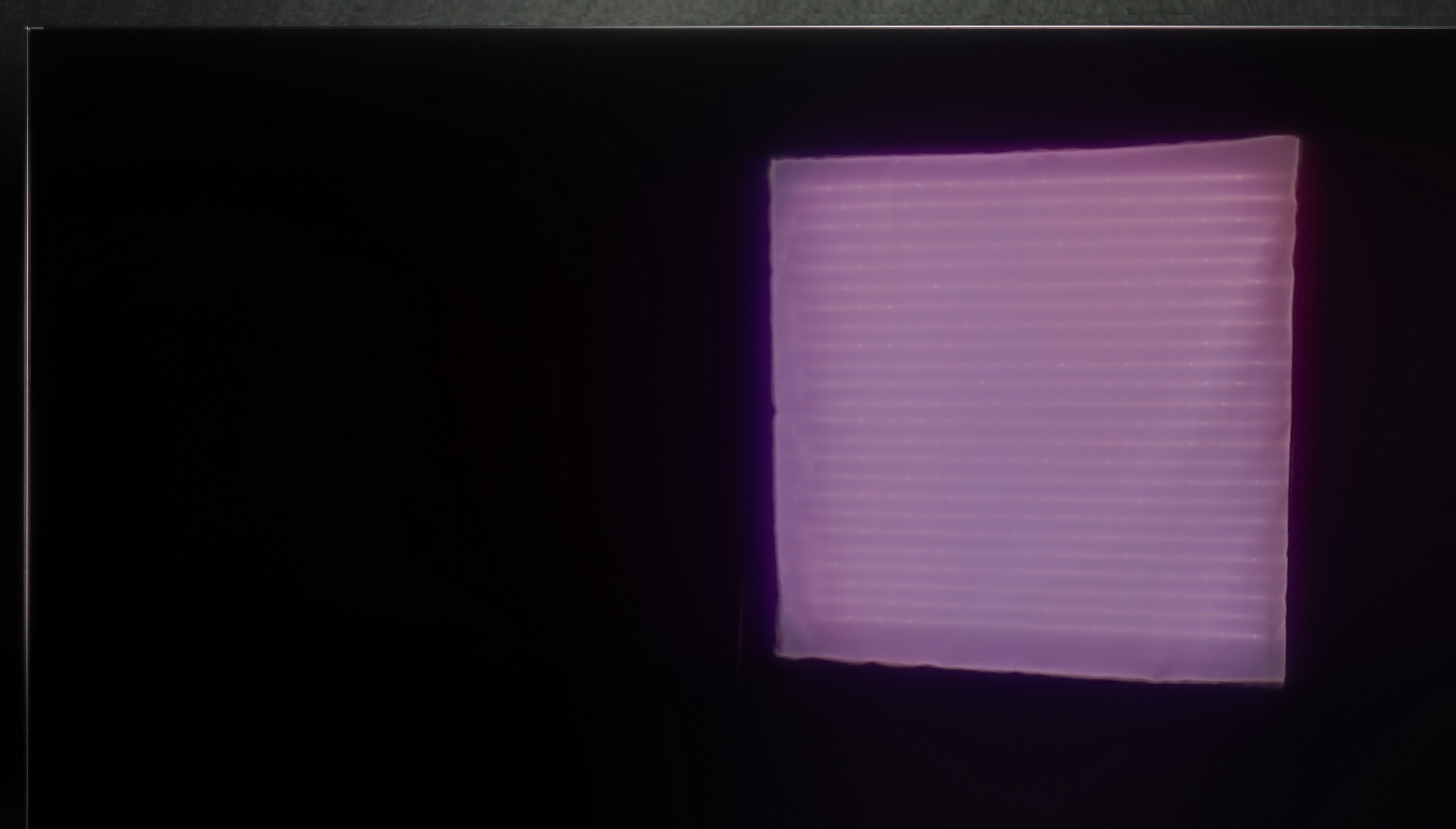

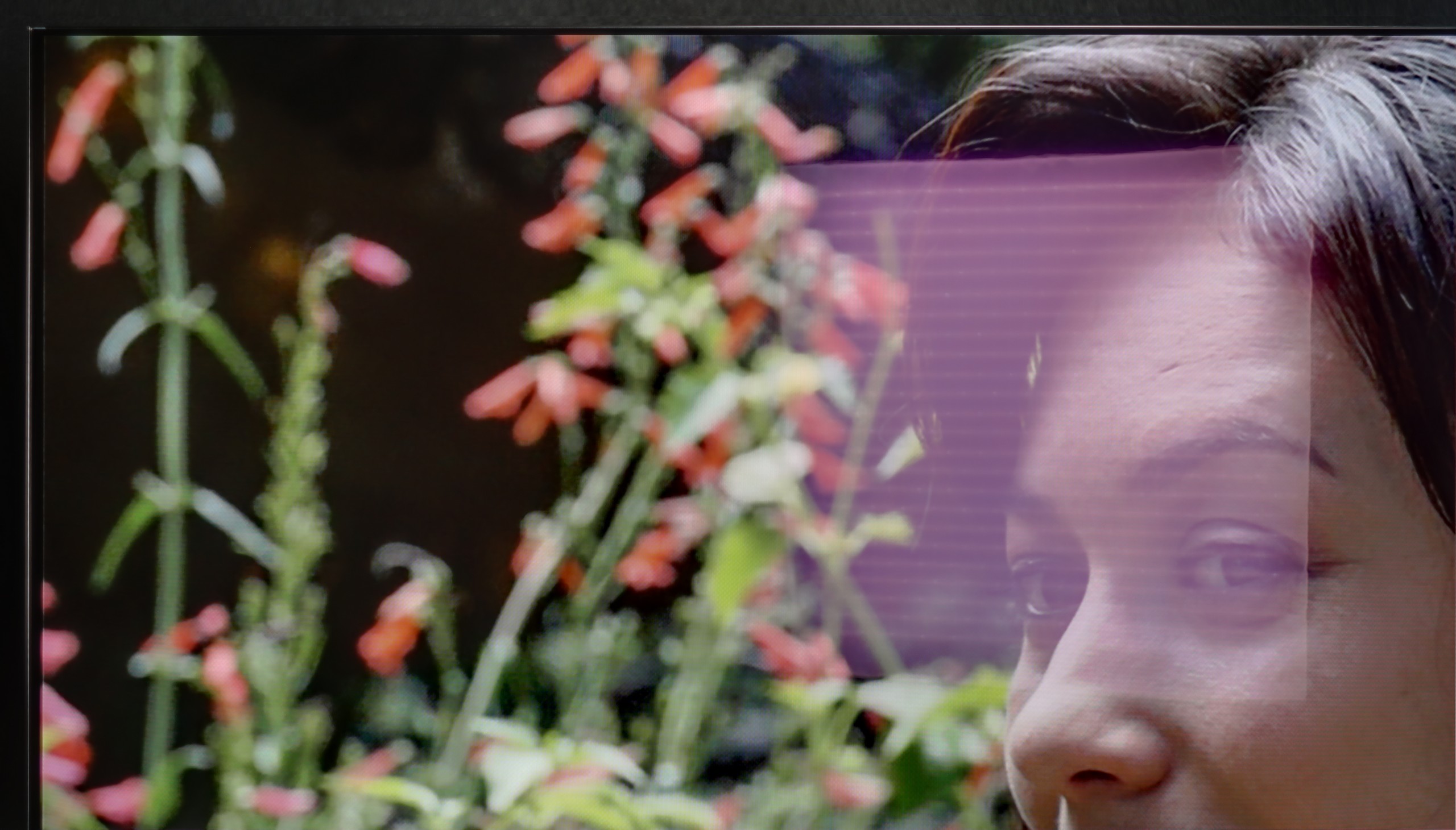
Matrix brightness
Average luminance SDR
LG OLED C5: 435 cd/m2
Sony Bravia 9 (XR90): 1609 cd/m2
The Sony Bravia 9 excels in bright environments, with a peak brightness of 1600 nits. This allows for a comfortable viewing experience even when the TV is exposed to harsh angled light. Reflections are minimal and do not significantly affect the viewing quality, making it highly suitable for watching during the day. As a result, the Bravia 9 earns an almost perfect score for its performance in well-lit conditions.
LG C5 is one of the brighter OLED TVs on the market, so it should perform well in moderately bright rooms without major issues. The average brightness in SDR mode is around 450 nits – this is a sufficient value for the picture to remain readable even during the day. Importantly, the blacks do not lose depth and do not turn "gray," which can still be a concern with QD-OLED panels.
A bigger challenge, however, may be reflections. The WOLED panel used in the LG C5 has a glossy finish typical of this technology, which only partially diffuses reflections. In a well-lit living room with large windows, you can see your reflection on the screen – slightly muted, but still visible. In a very sunny room, it may turn out that curtains or shades will be necessary to fully enjoy the great picture quality.
Details about the matrix
Subpixel Structure:

Panel uniformity and thermal imaging:

TV features
9.4/10
7.9/10
- HDMI inputs2 x HDMI 2.0, 2 x HDMI 2.1 48Gbps0 x HDMI 2.0, 4 x HDMI 2.1 48Gbps
- Other inputsIR (remote)
- OutputsToslink (Optical audio), eARC (HDMI), ARC (HDMI)Toslink (Optical audio), eARC (HDMI), ARC (HDMI)
- Network InterfacesWi-Fi 2.4GHz, Wi-Fi 5GHz, Ethernet (LAN) 100MbpsWi-Fi 2.4GHz, Wi-Fi 5GHz, Ethernet (LAN) 100Mbps
- TV receptionDVB-T, DVB-T2, DVB-S, DVB-S2, DVB-CDVB-T, DVB-T2, DVB-S, DVB-S2, DVB-C
Classic features:
- Recording to USB (terrestrial TV)
- Recording programming
- Picture in Picture (PiP)
- RF remote control (no need to aim at the screen)
- Backlit remote control
- Teletext
- Audio only mode
- Possibility to connect Bluetooth headphones to the TV
- Possibility to simultaneously use Bluetooth headphones and the TV speaker
Smart features:
- AirPlay
- Screen mirroring (Windows Miracast)
- Wyszukiwanie głosowe
- Voice search in native language
- Ability to connect a keyboard and mouse


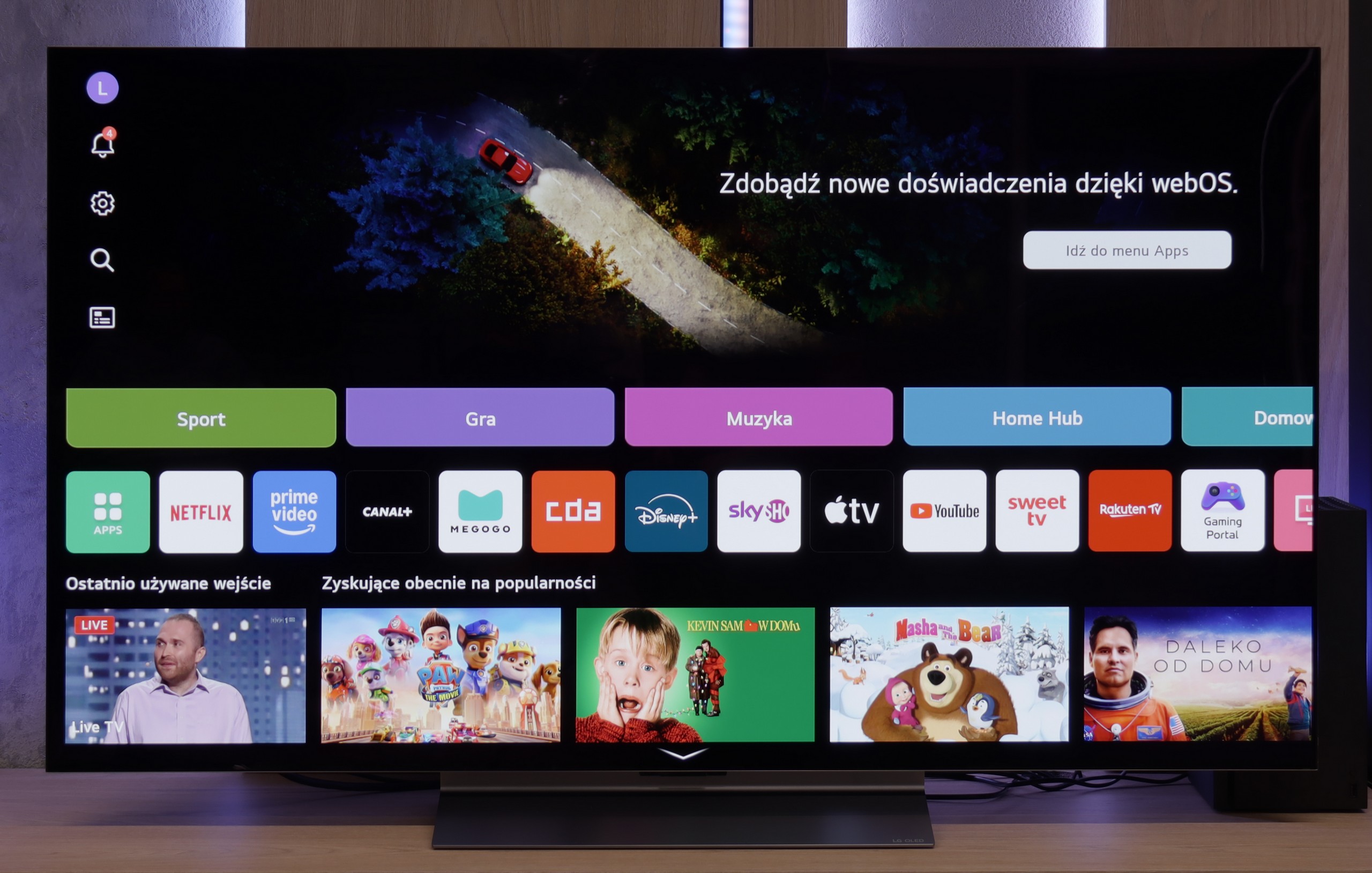
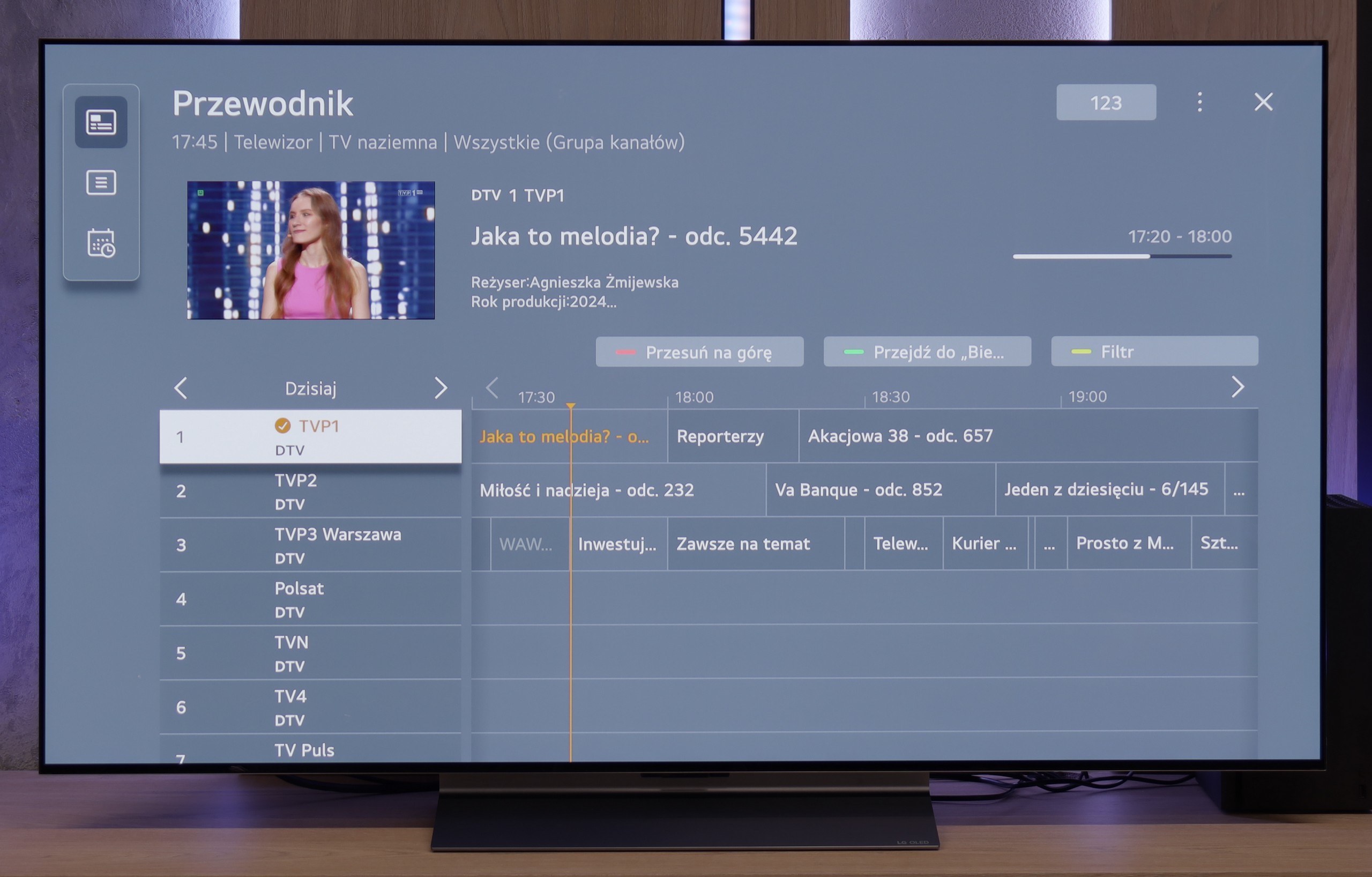
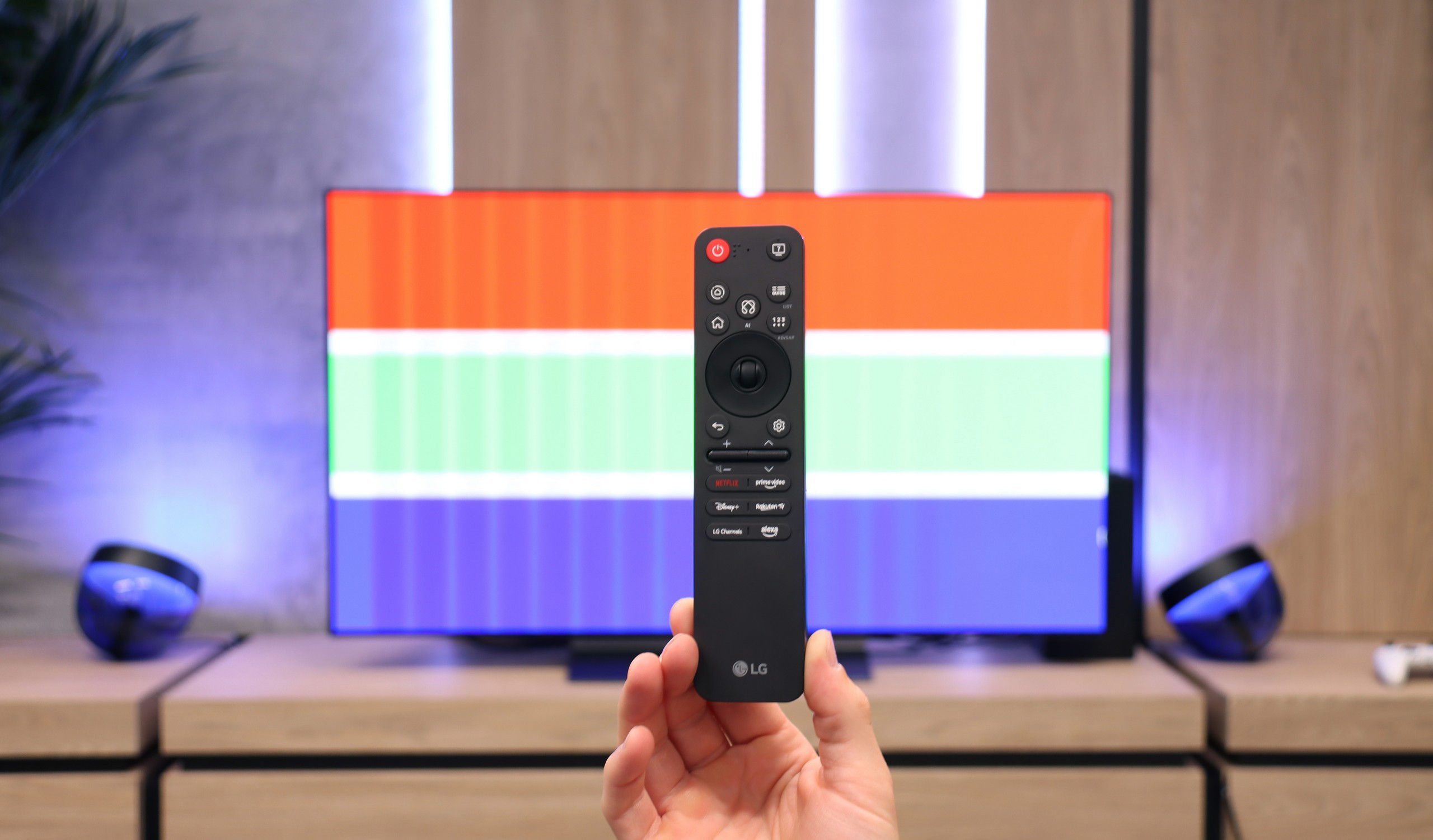
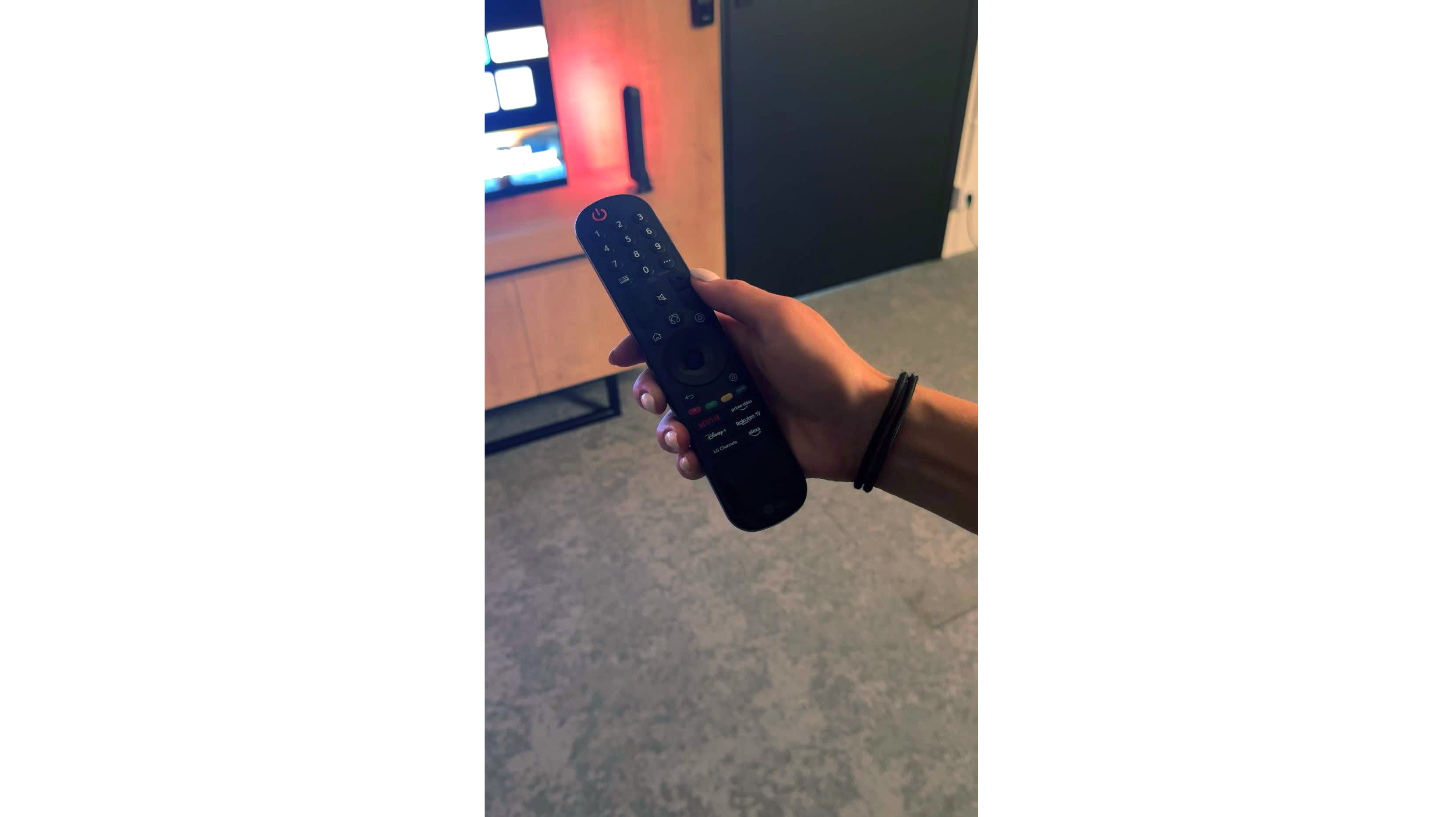
The Sony Bravia 9 benefits from the Google TV system, which stands out compared to TVs with proprietary operating systems. Google TV allows for the easy installation of applications from the official store and external sources via APK files. This flexibility makes it a more accessible option for users who want to expand their TV's functionality.
Additionally, Google TV offers various user-friendly features, such as connecting a keyboard with a touchpad, which makes typing queries more convenient. Voice control via the remote also works effectively, though there are occasional minor issues with translation. Google TV is regularly updated, enhancing functionality and adding new features, although some users have reported occasional performance hiccups.
Overall, Google TV is one of the most popular and efficient systems, offering a smooth experience with minimal lag or freezing. For those seeking an open, feature-rich system that maximizes the potential of their TV, Google TV is the best option.
Classic TV Features:
In terms of classic television features, the LG C5 performs really well. Here we have the option to record programs to USB from built-in DVB-T(2) tuners, support for teletext, an EPG program list, as well as seamless pairing of headphones via Bluetooth. For many users, these are still very important elements of daily TV usage – and here LG does not lack anything except for the PIP function. It's worth noting the topic of the remote control, or rather... different versions of the remote. In our test, we used the C54 model, which came equipped with a new version of the Magic remote. It somewhat resembles Samsung's minimalist approach – lacking a numeric keypad or a "source" button, but it looks modern and is convenient for everyday use. On the other hand, other variants like the C5ELB may be sold with an older version of the remote – a more classic one, with a greater number of buttons and a numeric keypad. Some may consider it more practical, while others see it as outdated. In short: quite a bit of confusion, so it's worth checking the model suffix before purchasing.
Smart TV:
Regardless of the version of the remote, we operate the same system – WebOS. This is one of the most pleasant solutions in the world of Smart TV. The intuitive menu, fast performance, and support for popular features like AirPlay, screen mirroring, or voice assistant make the system very effective for daily use. Additionally, controlling the cursor using the gyroscope in the Magic remote remains one of the most convenient forms of navigation in televisions. There are really a lot of applications available – Netflix, Disney+, HBO Max, Apple TV, and many others. However, one must remember that this is not a system based on Android/Google TV, so it might happen that we simply won't find some less popular applications in the LG store.
Playing files from USB
8.7/10
8.8/10
Supported photo formats:
Maximum photo resolution:

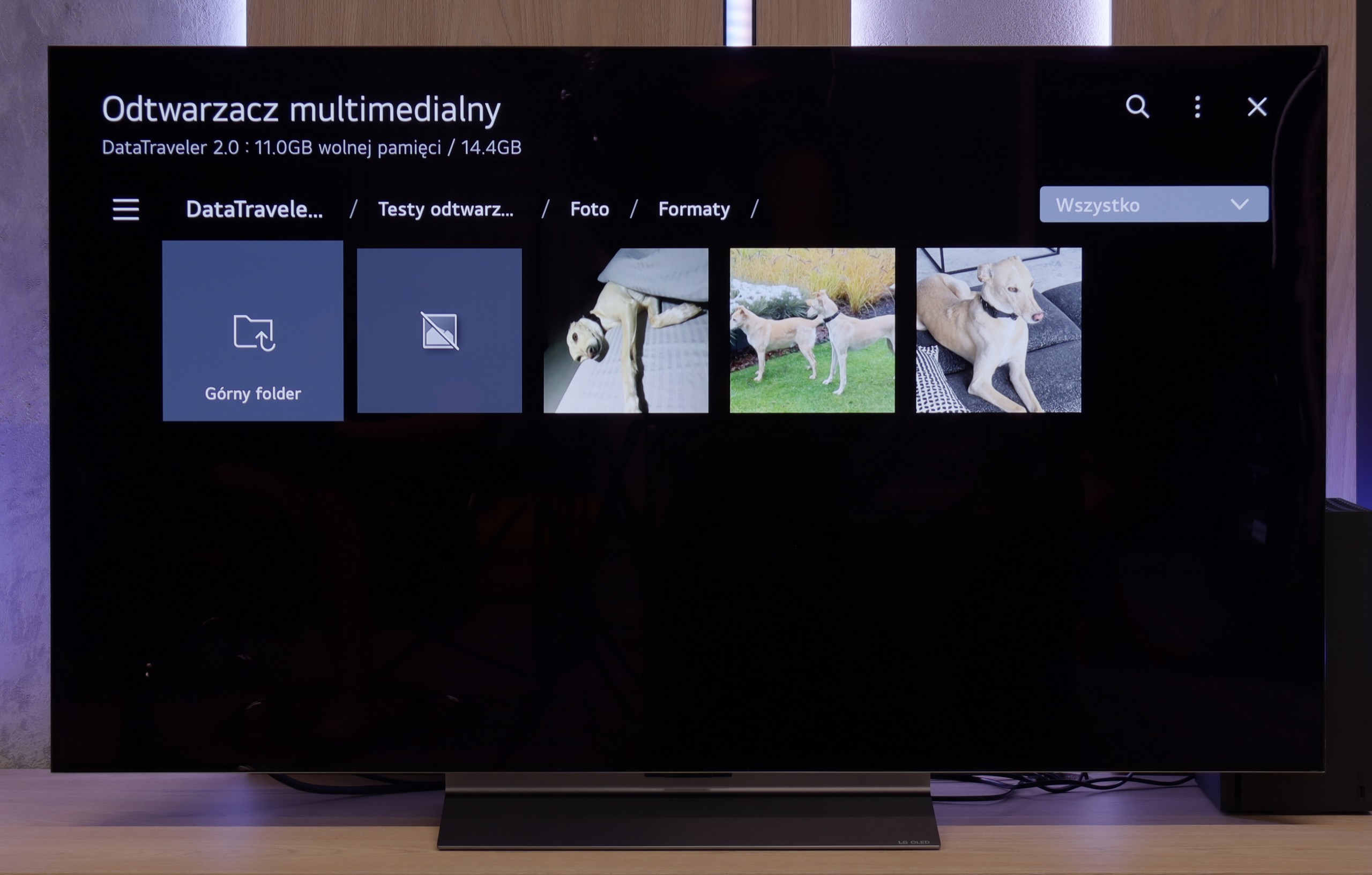
The built-in player in the Sony Bravia 9 performs well, handling a wide range of media files with ease. However, it does have a few limitations. Notably, it does not support certain subtitle formats like .sub or .txt, and its image format support is limited to JPEG and HEIC, which may be a drawback for users with diverse media collections. That said, these shortcomings are not major issues, as the ability to install third-party applications like VLC or KODI provides an easy workaround for those seeking broader compatibility. Overall, the built-in player offers solid performance, and with the flexibility of additional apps, users can enjoy almost any media format without trouble.
The LG C5 is equipped with a quite decent built-in media player that should meet the expectations of most users. It supports popular video and audio formats, handles SRT subtitle files, and opens most graphic files without major issues.
The interface itself is quite simple and intuitive – it doesn't surprise, but it also doesn't cause difficulties in everyday use. Of course, it's not on the level of external players or apps from Google TV, but for basic playback of movies from a flash drive or disk, it is more than sufficient.
Apps
9.6/10
9.1/10














































Sound
9.4/10
7.2/10
- Maximum volume--
- Dolby Digital Plus 7.1
- Dolby True HD 7.1
- Dolby Atmos in Dolby Digital Plus (JOC)
- Dolby Atmos in Dolby True HD
- DTS:X in DTS-HD MA
- DTS-HD Master Audio
We must admit that the sound from the Sony Bravia 9 impressed us. While we anticipated high-quality audio from such a top-tier product, the sound quality exceeded expectations. Every instrument is distinguishable, and the bass adds a solid depth to the overall experience. Without a doubt, this is the best-sounding television we've had the opportunity to test. Of course, we understand that many buyers of this kind of premium TV will already own a home theatre system. Thankfully, the Bravia 9 supports DTS-HD Master Audio and Dolby Atmos, meaning there are no significant obstacles when connecting it to more advanced audio setups. This ensures a seamless integration for those looking to enhance their audio experience even further.
For such a slim television, the LG C5 surprisingly delivers quite good sound quality. It has managed to fit a set of specific speakers into a thin housing, which produce clear sound with well-heard details and – surprisingly – a light but noticeable bass. For everyday viewing, it's more than sufficient, and in many cases, it can even be positively surprising. It's just a shame that this year, LG decided to completely abandon support for DTS codecs. For most people, this won't be an issue, but if someone uses Blu-ray discs and enjoys this format – especially in its more advanced versions – they may notice its absence. In such cases, the solution is an external amplifier or a soundbar with appropriate audio support.


